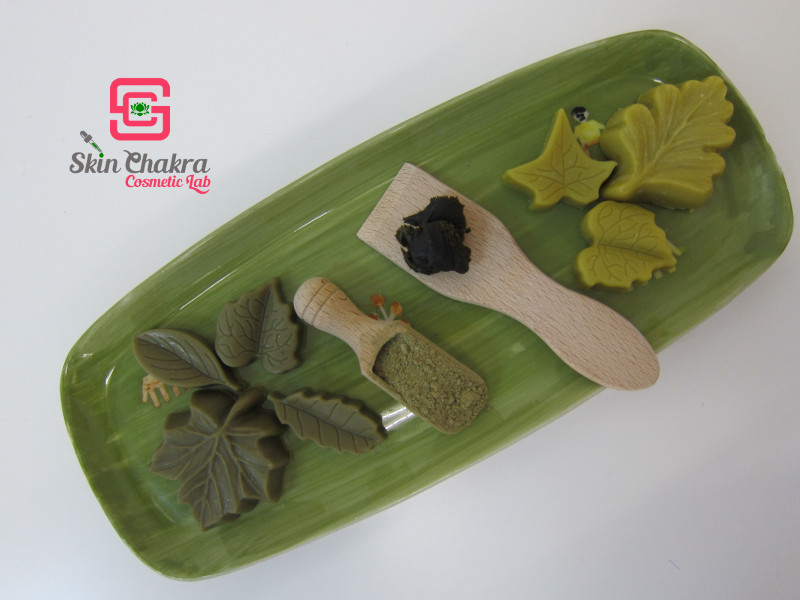Ages ago I wrote these blog posts about natural and vegan waxes:
and they helped hundreds of "vegan" formulators to step away from bees wax and create amazing products based on plant based waxes.
In those blog posts I've explained as well about the "real" waxes and the "pseudo" waxes.
About a couple of years ago a new wax was introduced to the market which caused a little bit of confusion.
"
Green tea wax" is an ingredient derived from green tea leaves. Totally natural and suitable for natural and vegan formulations. BUT, and there is a big BUT about this wax.
Although it is sold under the name "wax" (even we have put it under the category: plant oils, butters, waxes in our
shop) is not a real wax at all, well, not a wax like other "real" plant derived waxes such as
myrica wax or
rice wax or
berry wax.
The INCI name is: Camellia sinensis leaf extract and this is where the confusion starts.
This ingredient is indeed a CO2 extract of green tea leaves. Tea leaves are naturally covered with a wax (lipophilic protective layer) to protect them against insects, moisture loss and fungal attack. As the tea leaves are harvested, this lipophilic layer is CO2 extracted before the leaves are further processed.
The composition and chemistry is quite different to "real" plant waxes. Here, in addition to fatty esters we have hydrocarbons, fatty acids, fatty alcohols, poly phenols and phospholipids. This is why this lovely wax helps reduce the TEWL, contribute to emolliency and barrier repair.
Green tea wax has a consistency and texture of a soft butter. Although it has a melting point around 60
oC, it doesn't impart any hardness to the product. If you want to add hardness to your products (a stick or a body melt formulation for instance) you need to use other waxes such as
myrica wax or
rice wax or
berry wax.
Green tea wax has the lovely green scent of green tea and a beautiful dark green colour. Keep in mind that the colour is not UV stable. You need to pack the product in a dark container or need to consider the limited shelf-life if the container is transparent.
To compare the colour of the green tea wax with the
green tea powder, we have made some body melts with both ingredients. The formulation is exactly the same only one contains 2% of green tea powder and the other contains 2% of green tea wax.
Both products have the same hardness and texture but the colour of the melt with green tea powder is much darker than the one with the green tea wax.
Long story short, this is a lovely ingredient that you can add to butters, cleansing balms, emulsions, shampoo bars and even colour cosmetics such as lipsticks.
We're going to share some sample formulations in the coming weeks with you.
BeHappy and have fun



